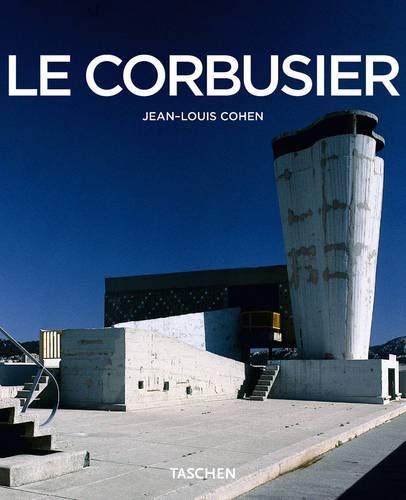
Le Corbusier, 1887-1965 The Lyricism of Architecture in the Machine Age
Architectural poetry in the machine age Born Charles-Edouard Jeanneret, Le Corbusier (1887-1965) adopted his famous pseudonym after publishing his ideas in the review L'Esprit Nouveau in 1920. The few buildings he was able to design during the 1920s, when he also spent much of his time painting and writing, brought him to the forefront of modern architecture, though it wasn't until after World War II that his epoch-making buildings were constructed, such as the Uniti d'Habitation in Marseilles and the Church of Notre Dame du Haut in Ronchamp. Basic Architecture features: Each title contains approximately 120 images, including photographs, sketches, drawings, and floor plans Introductory essays explore the architect's life and work, touching on family and background as well as collaborations with other architects The body presents the most important works in chronological order, with descriptions of client and/or architect wishes, construction problems, and resolutions.